Uromastix or Sand Lizard
Uromastix or Sand Lizard
Uromastix or the spiny tailed lizard, also known as sand lizard,
occurs throughout North-Western India up to UP. It is usually found in the
sandy tracts where vegetation is scanty. It is a burrowing animal and the
burrow is dug by the powerful claws of the limbs. The burrows are usually dug
near shrubs. Each individual lives in its own burrow. Uromastix does not leave
the burrow until the sun is up. After feeding, it returns to its burrow. At night
it closes the entrance to the burrow. During the day it feeds on grass, flowers
and fruits. It may feed on insects also. Uromastix is slow in its movement and
has a gentle disposition. It can be tamed soon in captivity. When disturbed it
lifts its head in a characteristic way and opens its mouth at the same time to
frighten away the disturber. It uses its spiny tail to protect itself from
snakes. The breeding season starts in March and April in Northern India. Copulation
is preceded by some sex play. Generally, copulation takes place in between 10
AM to 3 PM in the open sun in clear summer days. During copulation only one
hemipenis at a time is inserted into the cloaca of female. The female lays 10 –
15 eggs in the burrow. The warmth of the surroundings helps the development of
the eggs. Development of eggs takes place by the warmth of the surroundings. Some
tribes in the hilly regions of Rajasthan take it as food. The tail is
considered to be a delicacy. The oil obtained by boiling its fat is used as
embrocation and as a cure for impotency.
It is a medium size lizard with a massive body which is
depressed dorsoventrally. The body is covered with small scales. The long and
thick tail tapers posteriorly and is provided with rings of spinose scales. The
colour of the body is yellowish-brown above and pale yellow. Dark spots are
seen on the dorsal surface of the body. Large blackish spots are present on
each thigh and throat. The body is divisible into three parts –
1. Head,
2. Trunk and
3. Tail.
The head is small and triangular. There are two large apertures,
the nostrils at the anterior extremity of the head. On each side of the head is
present a large eye provided with two movable eyelids. A transparent
nictitating membrane is also present. A wide slit-like mouth runs along the
anterior border of the head. Behind the eye on each side is present a
depressed, circular brown patch of skin, the external auditory meatus. Its anterior
border is somewhat denticulated. The head is followed by a short neck. Skin of
the neck and sides of the body are very loose with more or less distinct
transverse folds across the throat. The neck continues behind into a broad and
depressed trunk. The elongated trunk is convex dorsally, but flattened
ventrally. It is supported by two pairs of well-developed limbs. Each forelimb
consists of the upper arm (branchium), the forearm (anti-branchium) and the
hand provided with five clawed digits. The tail is thick and dorsoventrally
compressed. It is wide near the base and gradually tapers posteriorly. There are
about 20 transverse rows of spinose scales. The rows of spinose scales are
separated from one another by 4-6 rows of keeled scales. The under-surface of
the tail is covered with large or squarish scales.
The skin of Uromastix is covered with scales which more or less
overlap one another. The size and arrangement of scales differ in different parts
of the body. Upper head scales are unequal, smooth or obtusely keeled. The scales
on the cheeks are oval. There are 12-14 upper labials which are more or less
denticulated on their free margins. Dorsal scales are very small, sub-equal and
mostly smooth. The ventral scales are sub-quadrangular in shape. Gular scales
are rounded. The horny epidermal coating of skin is shed off at intervals. The heart
of Uromastix is a triangular structure which lies enclosed within a thin,
membranous and transparent pericardium.
Reference
Also See
• Parrots
• Bats
• Bears
• Birds
©
Don`t Kill Creatures of
Nature, You have No Right to Do That
Being Vegetarian, Love
Creature of Nature
Live and Give Space for
another Life
Save Nature
Love Nature
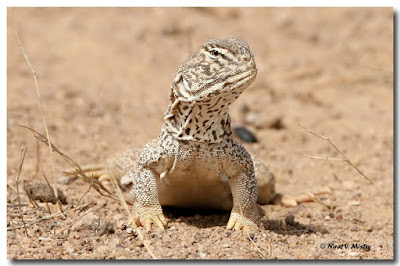










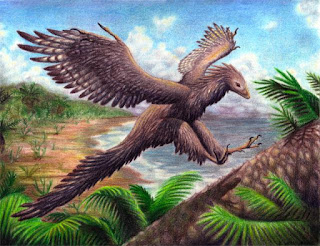
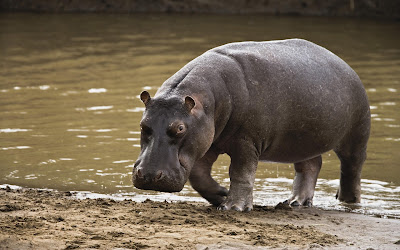

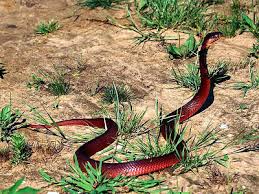


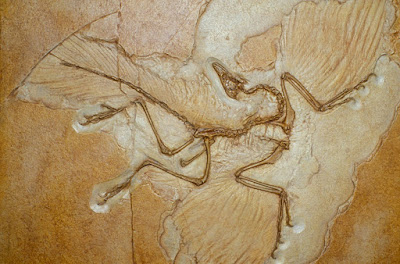

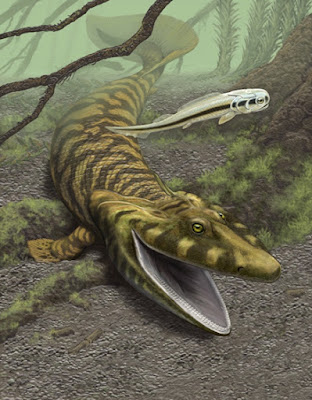
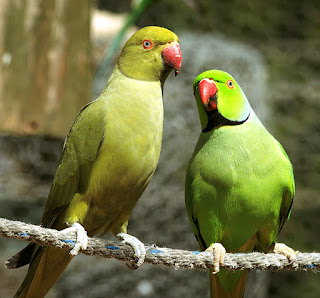
Informative article.
ReplyDelete